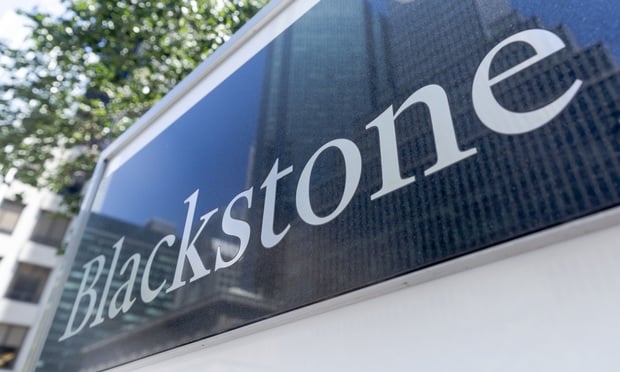The scalding hot home sales market is ending the year on a high, according to a new report from Redfin.
For the four weeks ending December 20, the median home sale price increased 14% year over year to $320,714. In July, the median home price was $300,462.
In the same four-week time period, pending home sales jumped 34% YOY, while in the single week ending December 20, they were 30% higher than the week earlier. New listings of homes rose 12% from the previous year. Active listings (the number of homes listed for sale at any point during the period), however, fell 31% from 2019 to an all-time low, according to Redfin.
Recommended For You
Want to continue reading?
Become a Free ALM Digital Reader.
Once you are an ALM Digital Member, you’ll receive:
- Breaking commercial real estate news and analysis, on-site and via our newsletters and custom alerts
- Educational webcasts, white papers, and ebooks from industry thought leaders
- Critical coverage of the property casualty insurance and financial advisory markets on our other ALM sites, PropertyCasualty360 and ThinkAdvisor
Already have an account? Sign In Now
*May exclude premium content© 2025 ALM Global, LLC, All Rights Reserved. Request academic re-use from www.copyright.com. All other uses, submit a request to [email protected]. For more information visit Asset & Logo Licensing.








